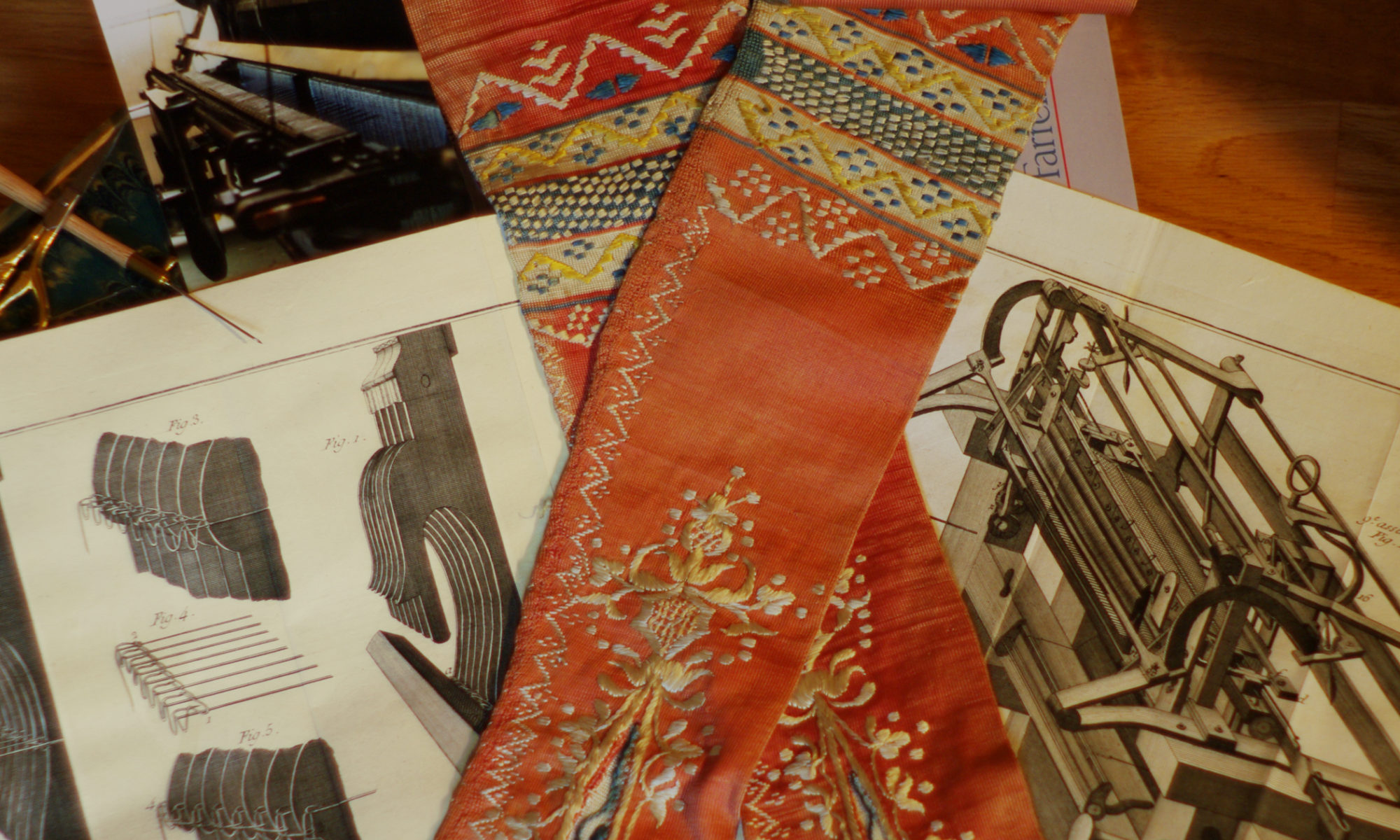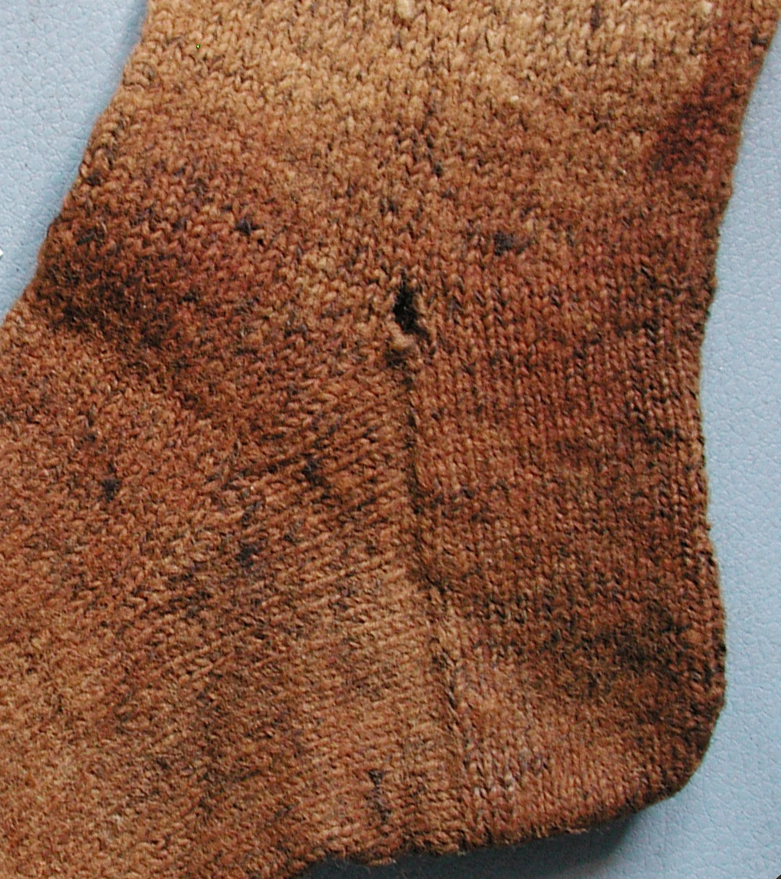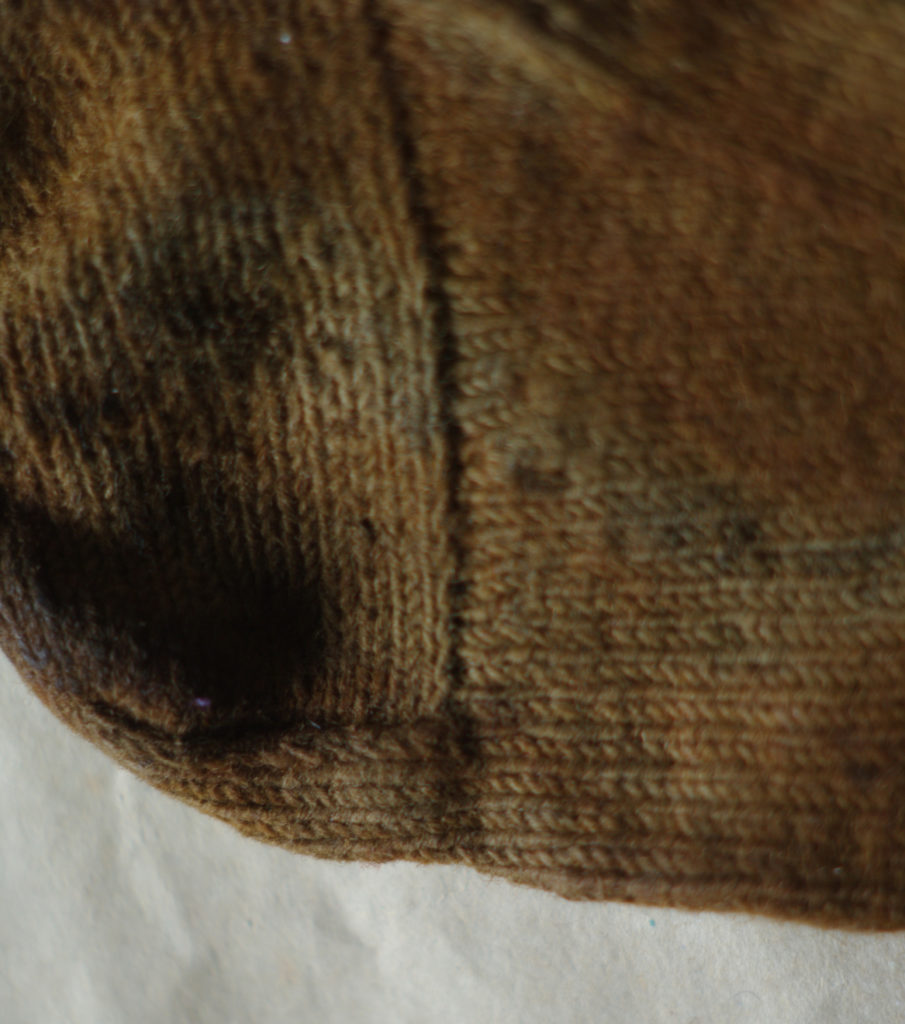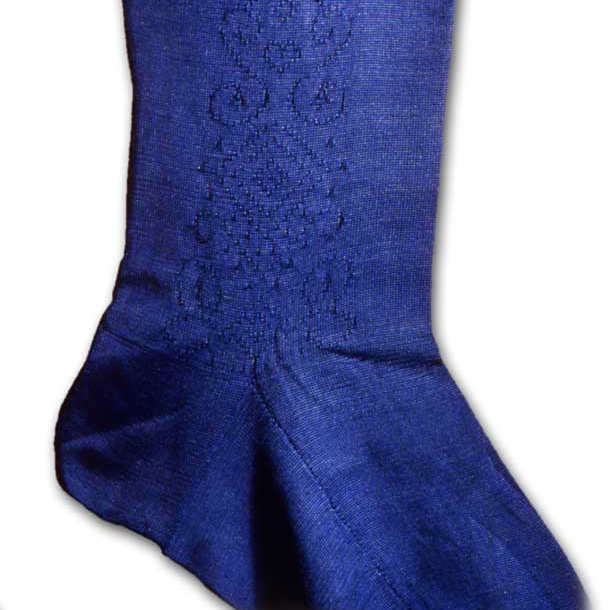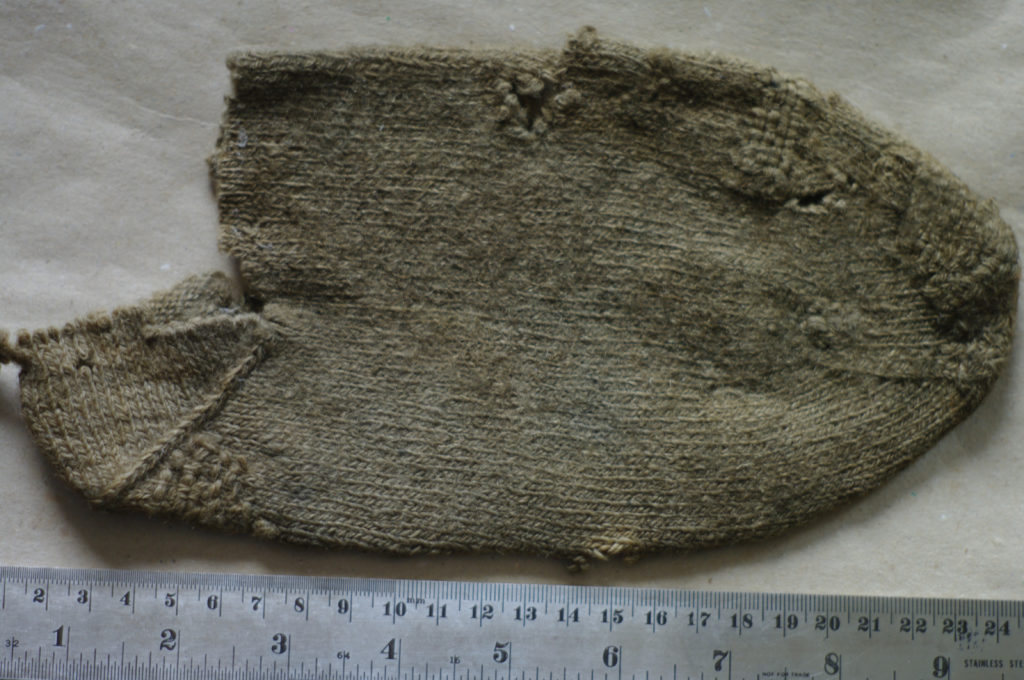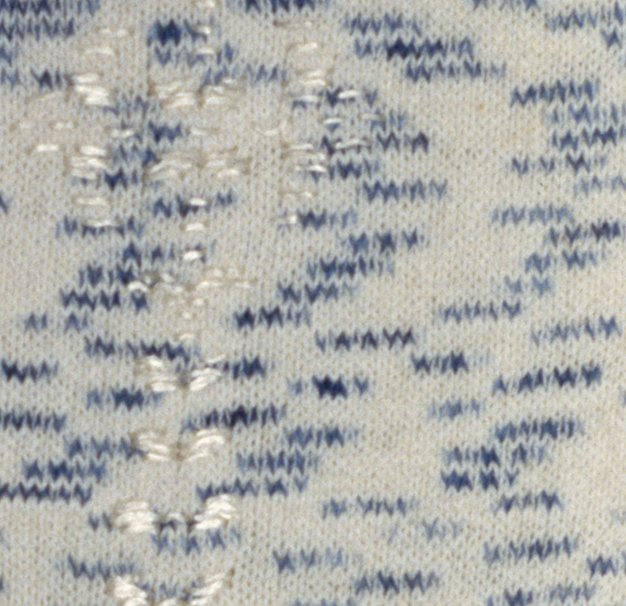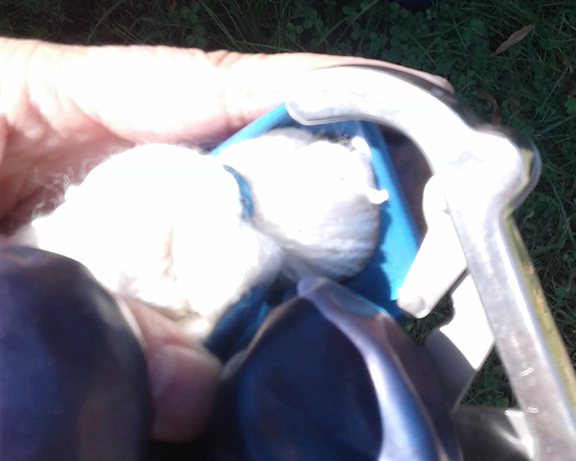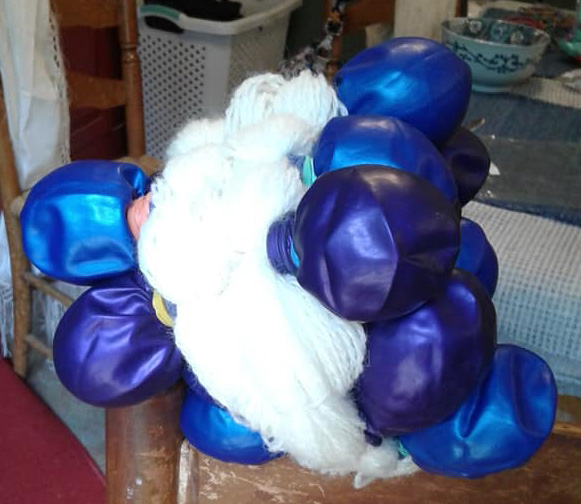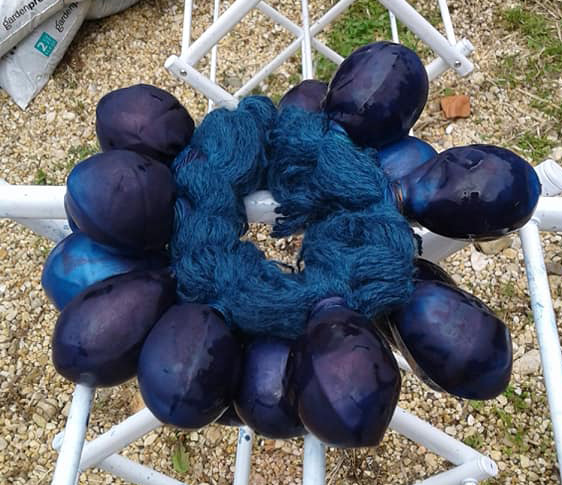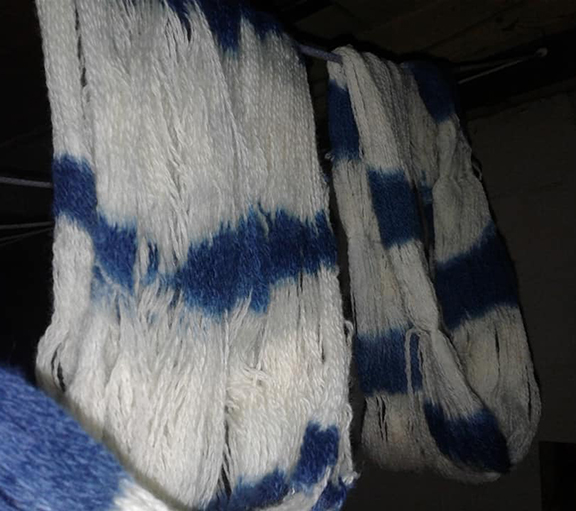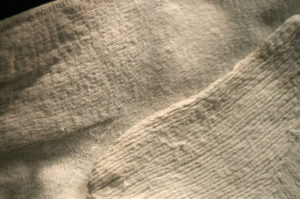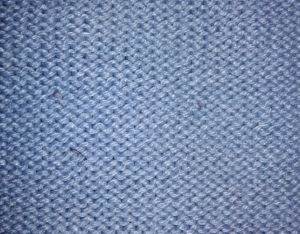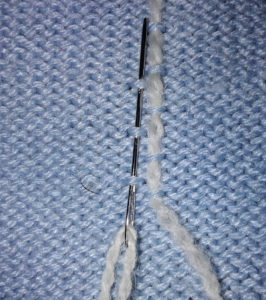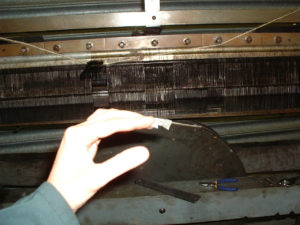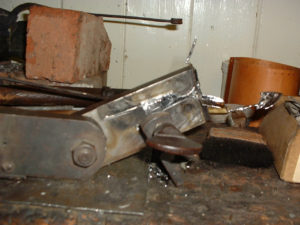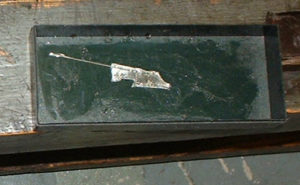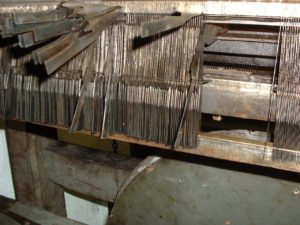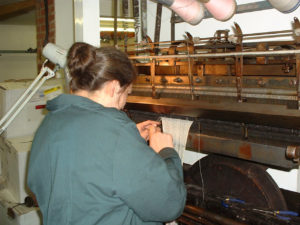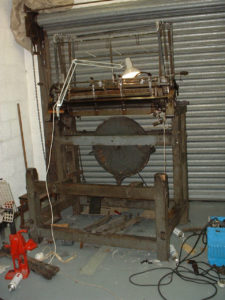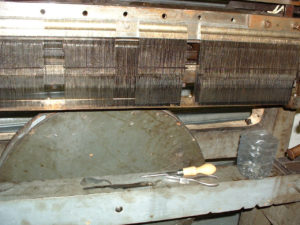
That TV show is provoking a lot of discussion these days. You know the one, with the inaccurate costumes. I’m not going to name it because, well, shows and movies set in historic eras are made every year. Last year it was another production, and no doubt we’ll be talking about a different one next year.
Amongst the viewers who love it or hate it, I’ve seen two statements about the impact on the reenactment and costume communities:
- It makes the job of a costume educator harder.
- What if someone shows up at an event dressed like that?
For the first one, who are these costume educators? When I took History of Costume I and II, required for design and merchandising students, I don’t remember any emphasis on TV and movies. We learned the trends and details, but I can only remember so much of that now. What did stick with me was to be critical of sources and recognize which authors were prone to errors. I learned how to research costume.
Classes in theatrical costume design would include analysis of other productions, because that’s applicable to their coursework. Museums sometimes tackle costume myths, and if a guided tour is offered they can address visitors’ questions directly.
There are informal venues for education, whether it’s blogging, videos, a living history presentation, or even a casual conversation. The Current Costume Show often becomes the topic du jour in these spaces. The presenters talk about it precisely because these productions generate costume interest.
If a visitor mentions what they saw on screen, I think their curiosity makes a living historian or docent’s job easier. What is the point of education if it’s a rehash of what people already know? Doesn’t enthusiasm about costume make the discussion more interesting? Costumes are designed for the message that they send, and to show the relationships between the players. We saw the same at the inauguration, where design is part of clothing worn in real life.
Regarding point number two, I’ve had a few discussions about inaccurate clothing with others involved in reenactment, living history, and historic dance events. One friend described how she meticulously researched and skillfully made her gown, had carefully chosen accessories, and coaxed her hair into the right style. Another lady at the event used the same fabric and cheerfully noted their similarity. My friend was appalled at first because the other lady hadn’t made as nice an outfit. She then realized she was more disappointed in herself for having the harsh judgment.
Another friend was more blunt in the discussion, saying with great sarcasm that we didn’t want to see anyone turned out in a lesser quality outfit, because we believed it spoiled our historic experience. That was some food for thought. As much as we will talk about the higher purposes of research and education, there is nothing quite like that sensation of time travel when all the details come together.
I’m a huge fan of standards for historic costuming, I’ve written some guidelines and contributed to others currently in use. There are events, reenactment groups, and historic dance performance troupes that require their members to have a specific level of accuracy. These groups also have seminars, sewing circles, loaner clothing, mentorship, and are up front about the effort and costs it takes to get there. Whew, sounds like a lot of work! For groups with an educational focus, it’s part of their mission. An event host or a group has every right to set standards.
There are private events, or groups of friends who get together for a picnic or photo shoot, where they know each other and share an aesthetic or level of accuracy. Such groups organize their own parties and events, and only invite whomever they choose. For those who want an immersion experience, a small private party may be the best fit. Being in costume does not make it an open event, though. I think we’ve all had times we just want to hang out with close friends.
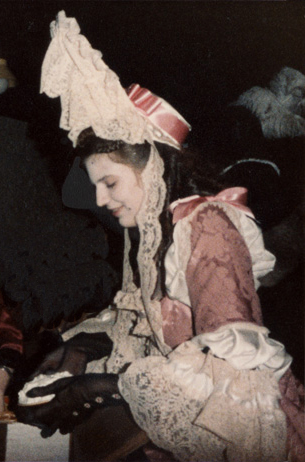
I find that there are more and more historic style events happening where participants may dress however they like. There are science fiction and costume conventions, public events, and balls or dances where anyone may buy a ticket, and there is minimal guidance. If someone gets their inspiration from a movie or TV show, so what? And yes, there will be prom dresses. Prom wear is inspired by entertainment trends, and will be available soon after a show’s release date. Some attendees will see any long dress as being “old fashioned” enough to fit in. And sure, we can talk about people just starting out who will improve, but that’s not everyone. Some just want to go to an event in attire that simply evokes the spirit of the era. So what if they show up dressed like that? As long as we all go with realistic expectations, there is no need to worry about what anyone else is wearing. If you still stress over that, see my thoughts on Costume Criticism.
© Carol Kocian and StockingFrameOfMind, 2021. Unauthorized use and/or duplication of this material without express and written permission from this site’s author is strictly prohibited. Excerpts and links may be used, provided that full and clear credit is given to Carol Kocian and StockingFrameOfMind with appropriate and specific direction to the original content.
